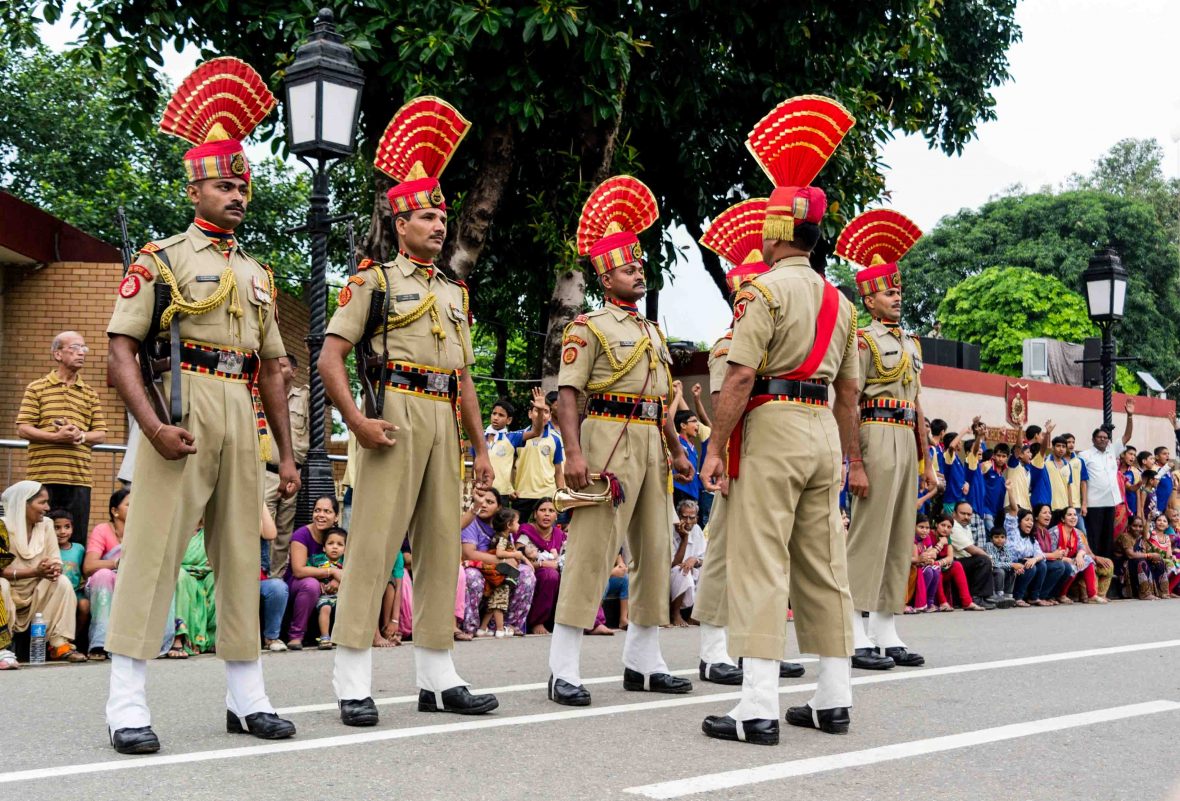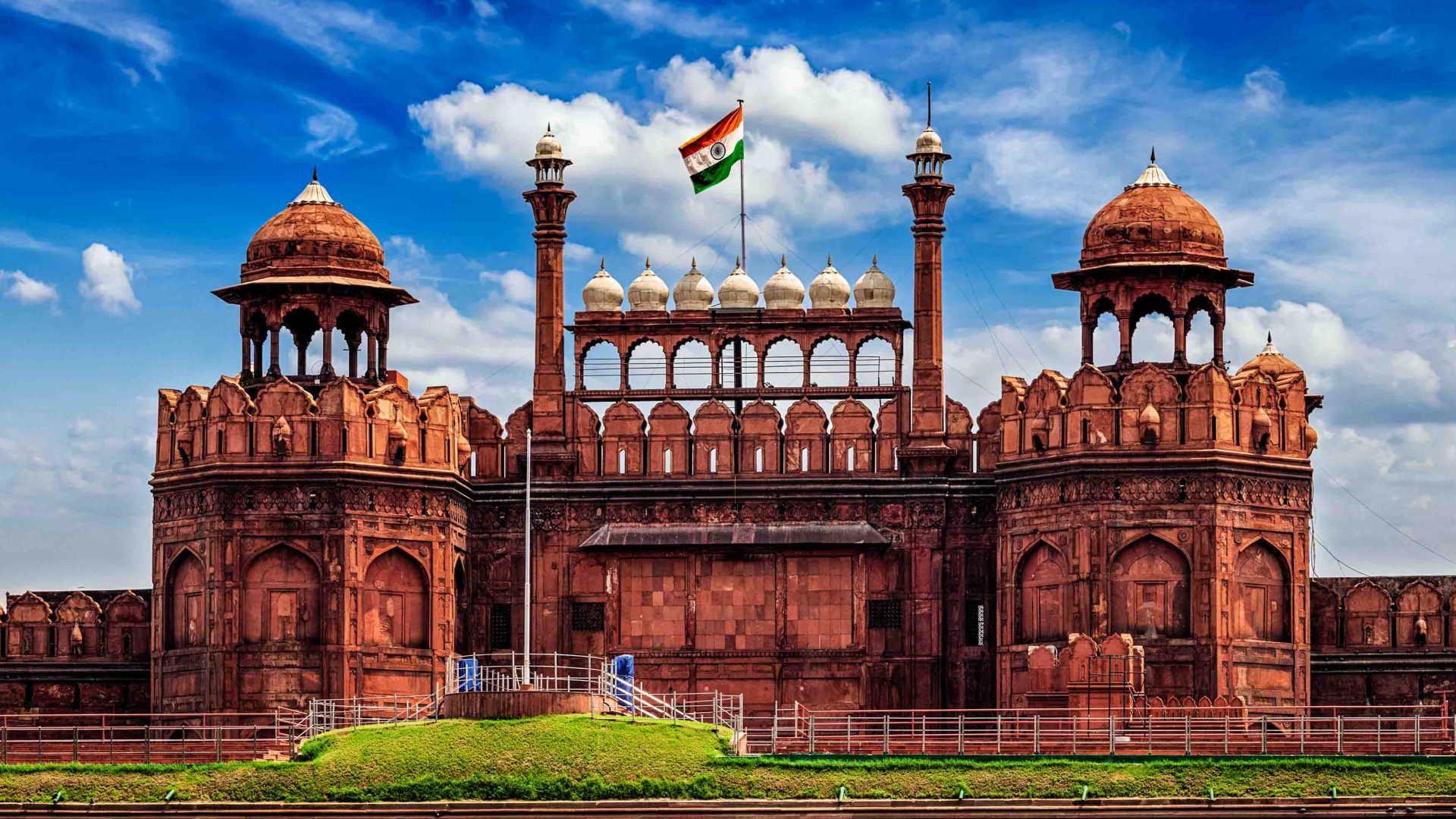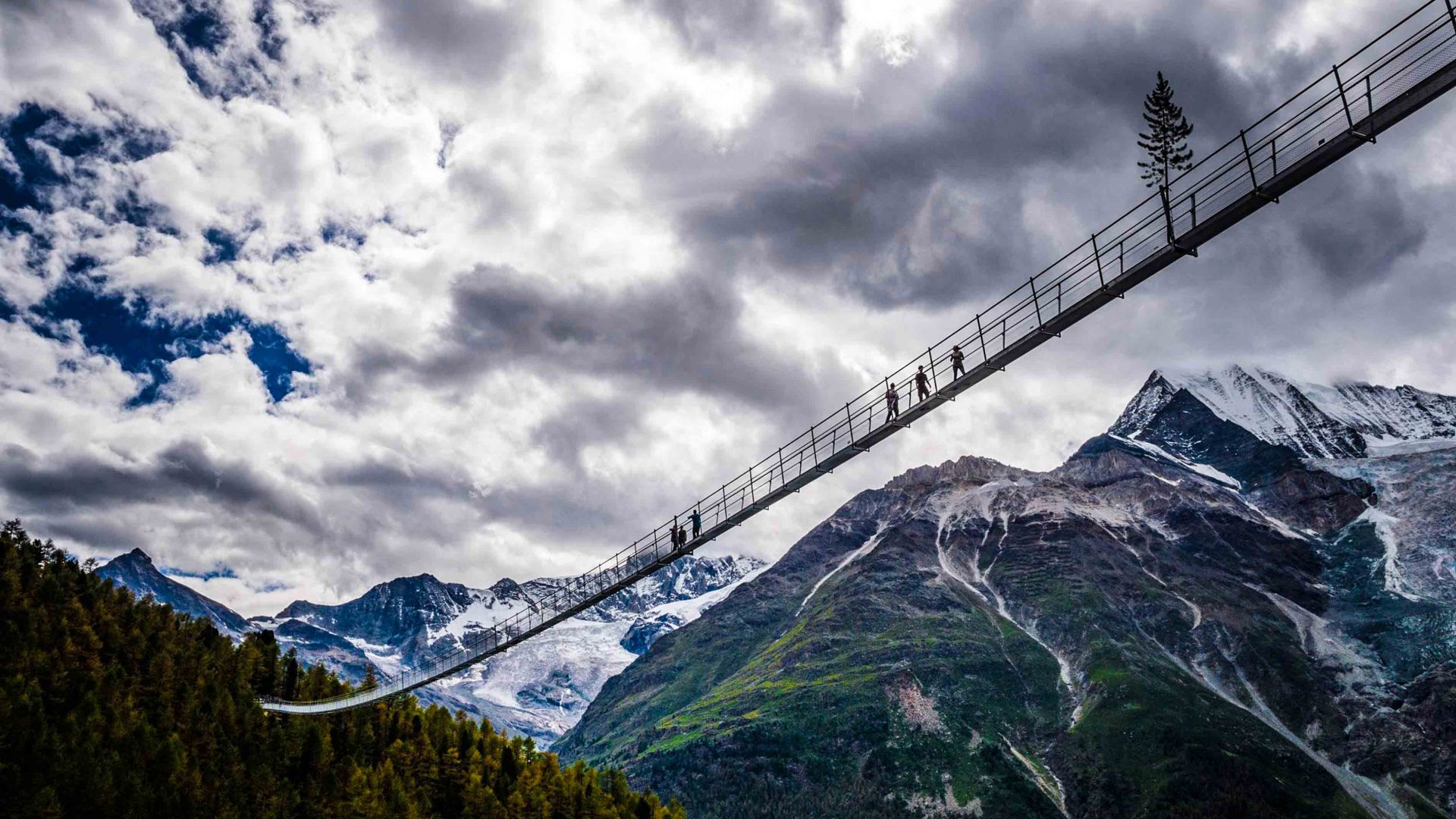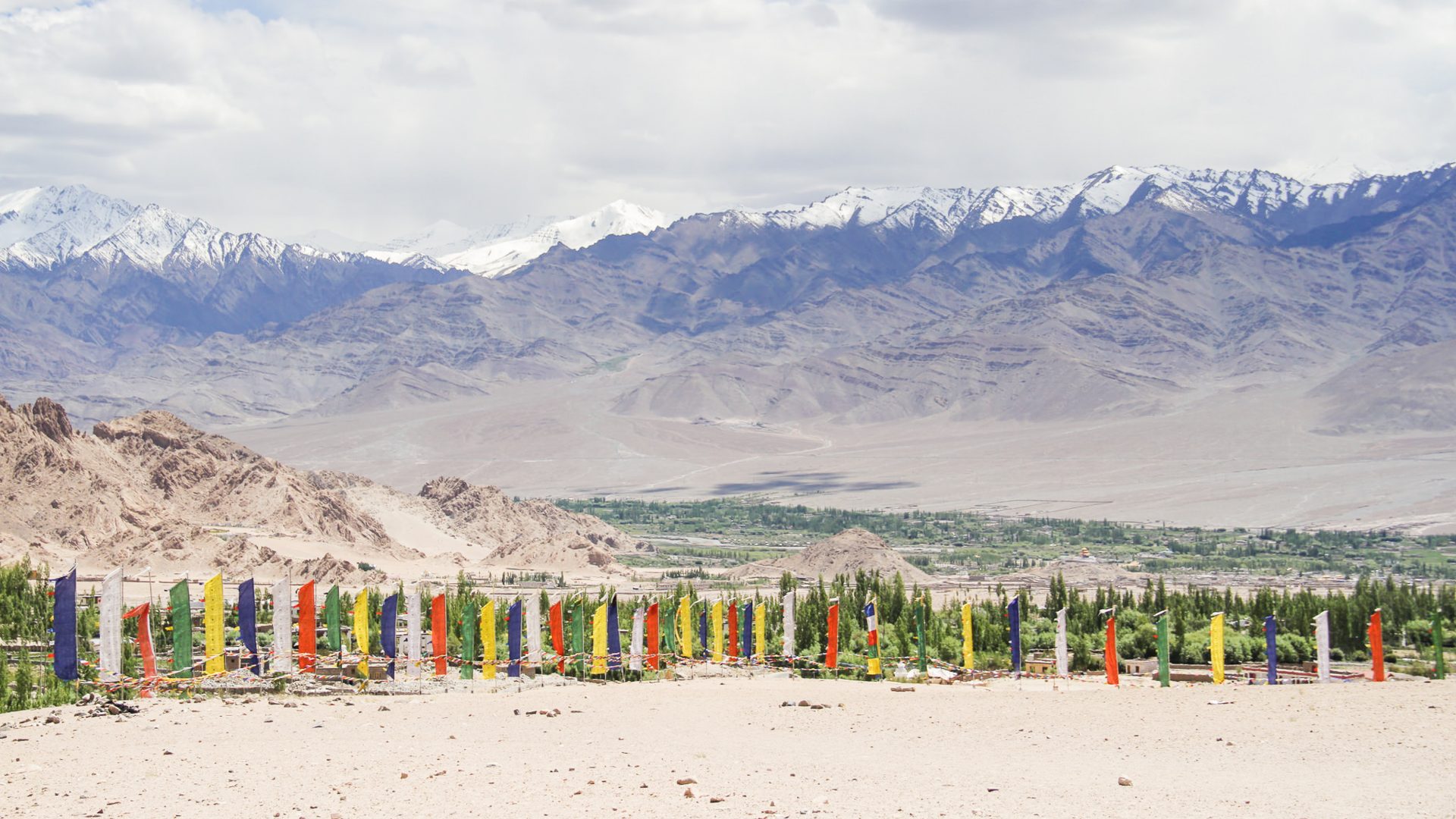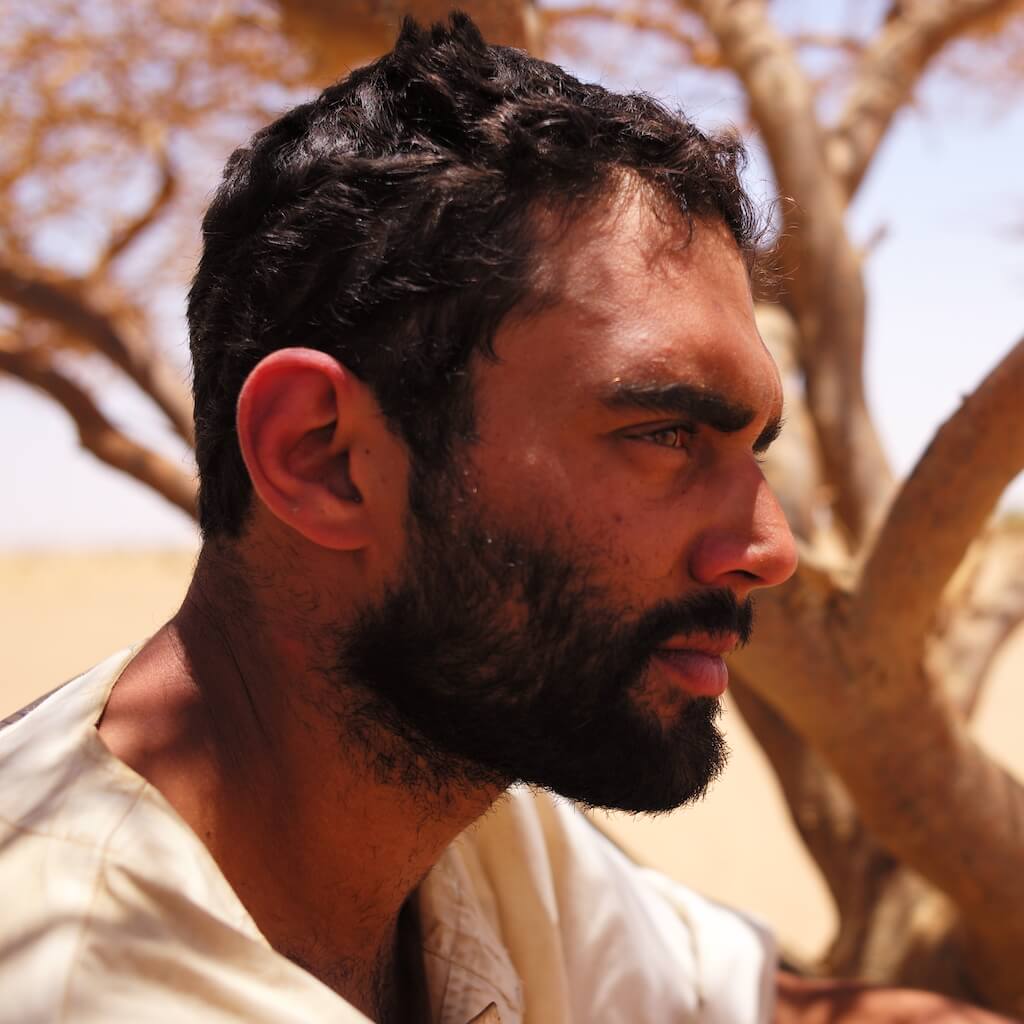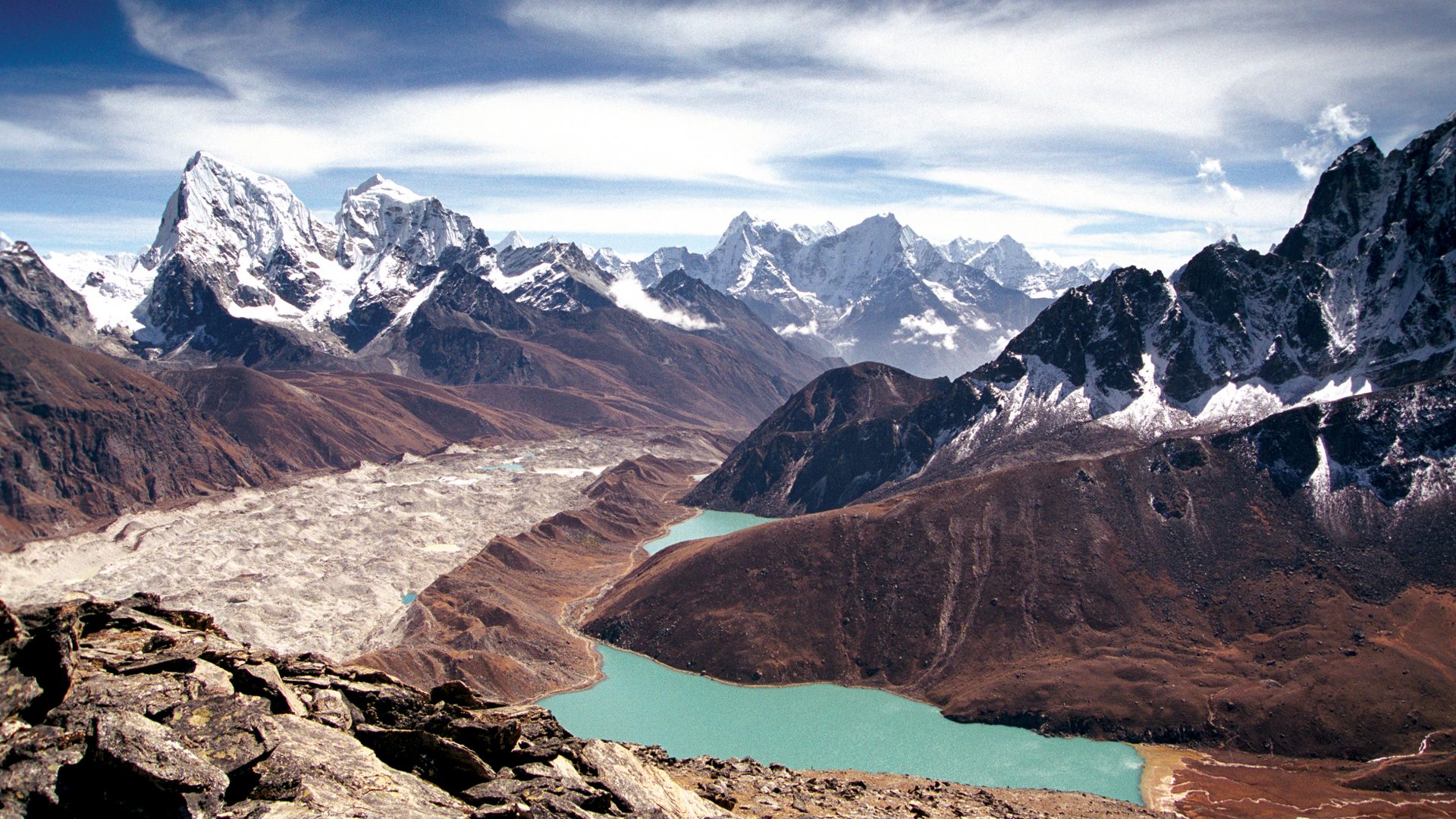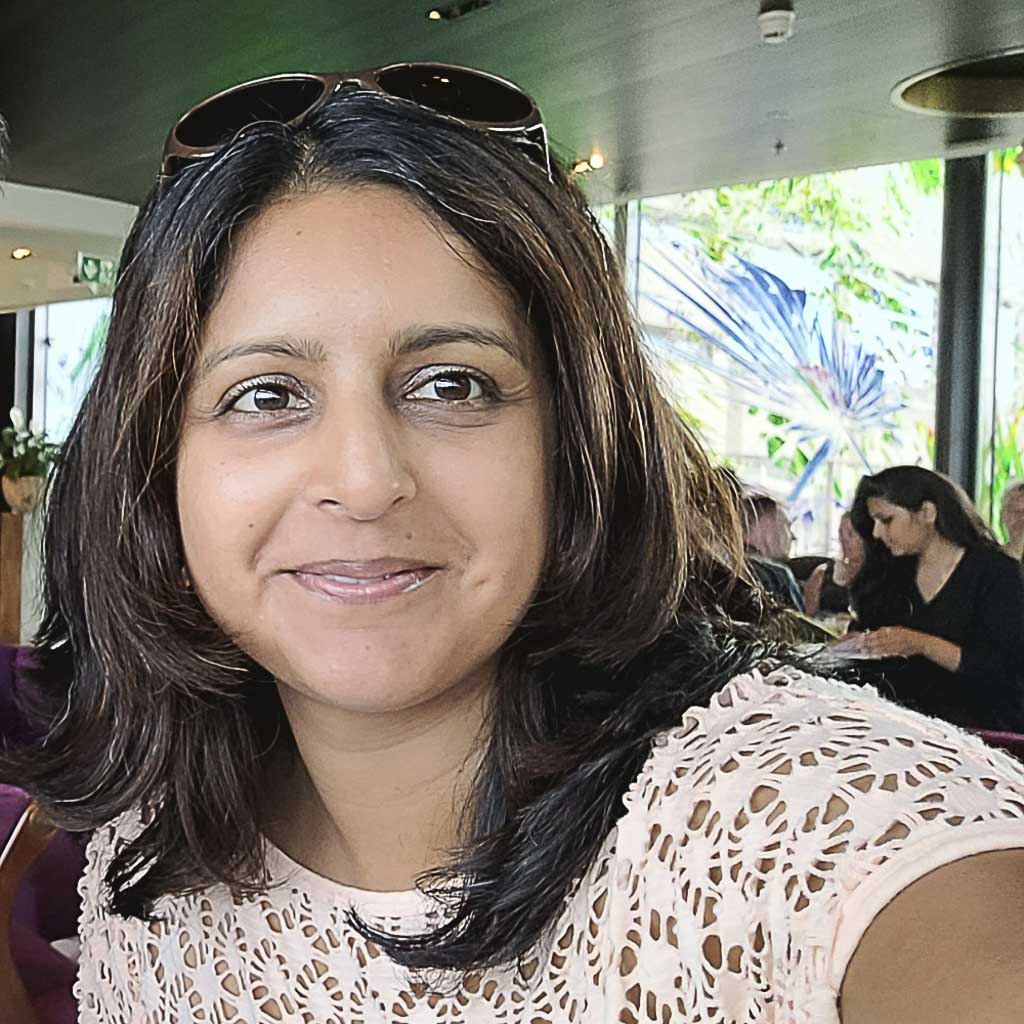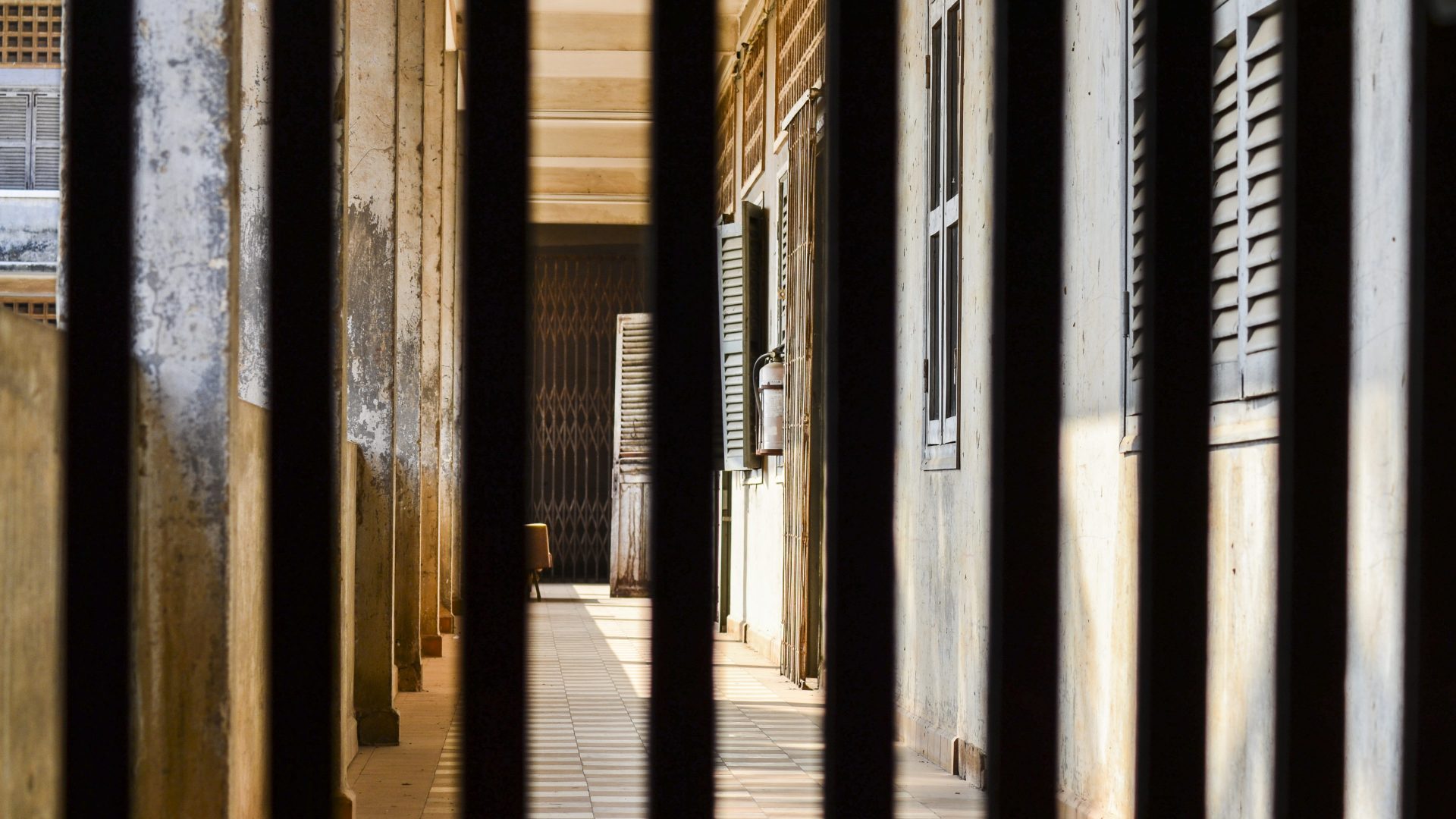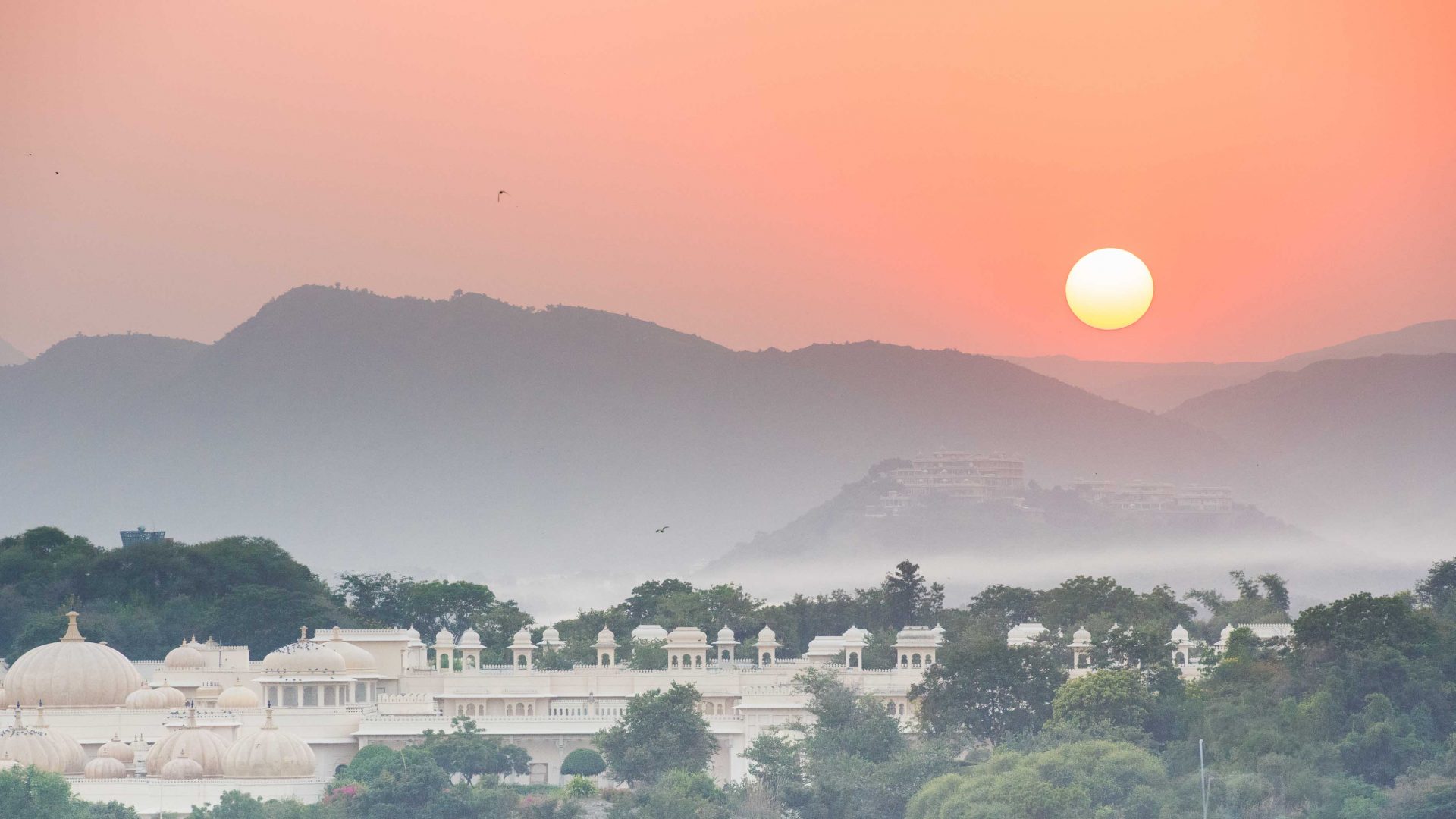
It’s been 70 years since India gained independence from British rule—and 70 years since the birth of a whole new nation, Pakistan. Much has changed since, but how has it impacted tourism, both domestic and international?
After almost 200 years of British colonial rule, India finally won its independence. But the events of August 15, 1947 came at a price, as the country cleaved violently and chaotically apart.
The two nations were crudely divided by the Radcliffe Line, hastily drawn-up by a British lawyer who had never previously been to the subcontinent. Few preparations were made for the mass migration—one of the largest in human history—unleashed by Partition, which marked the end of The Raj and direct rule by the British in India.


